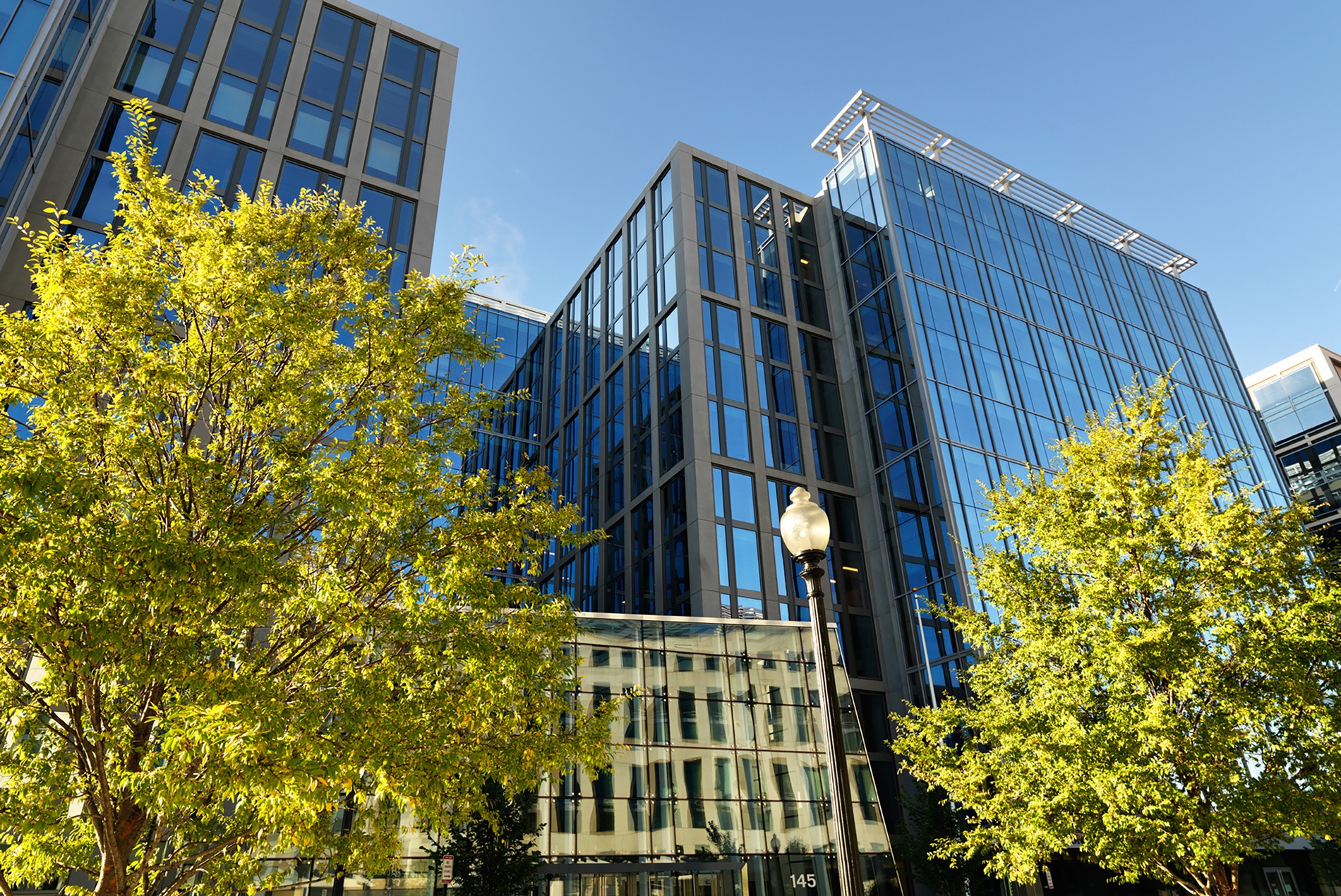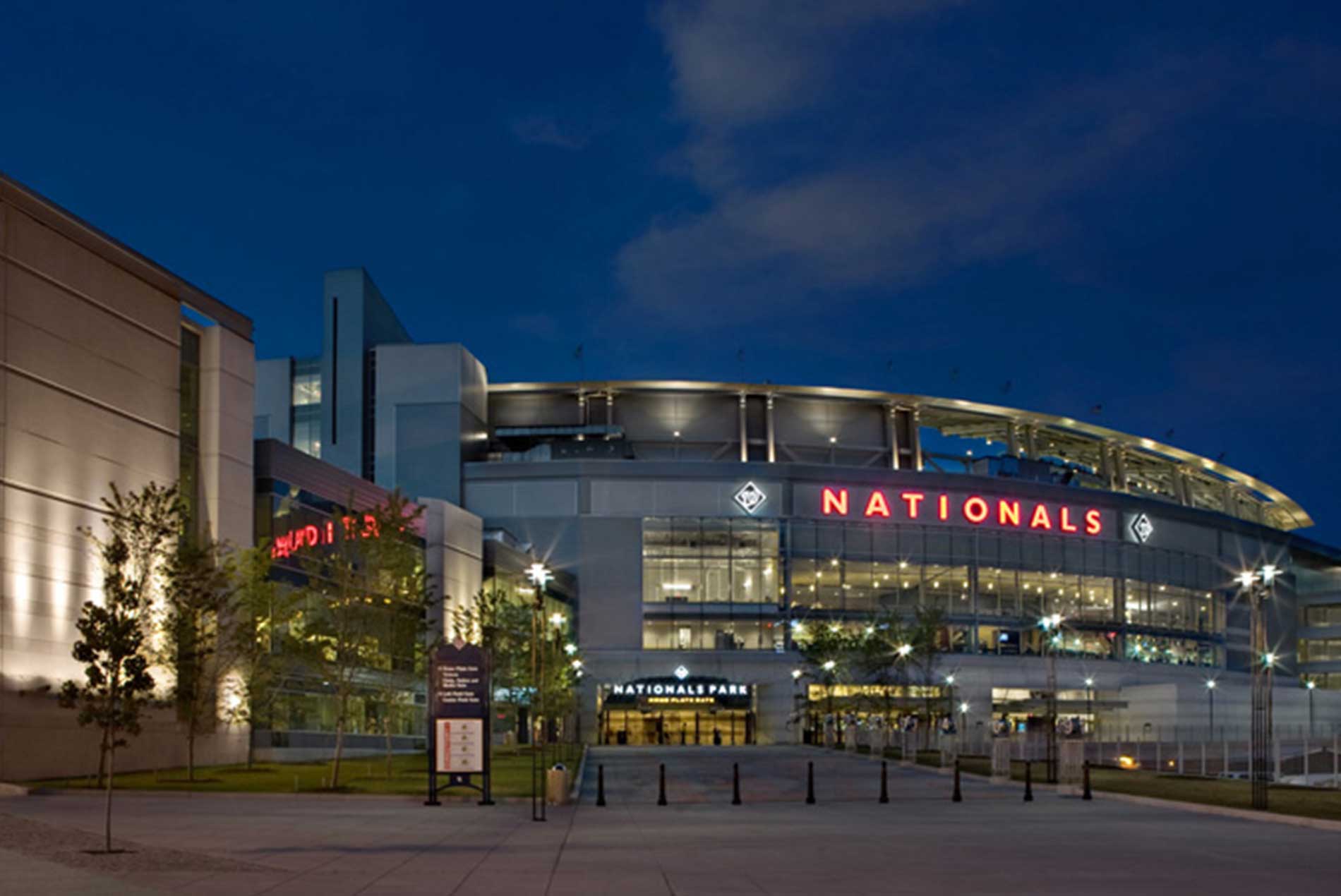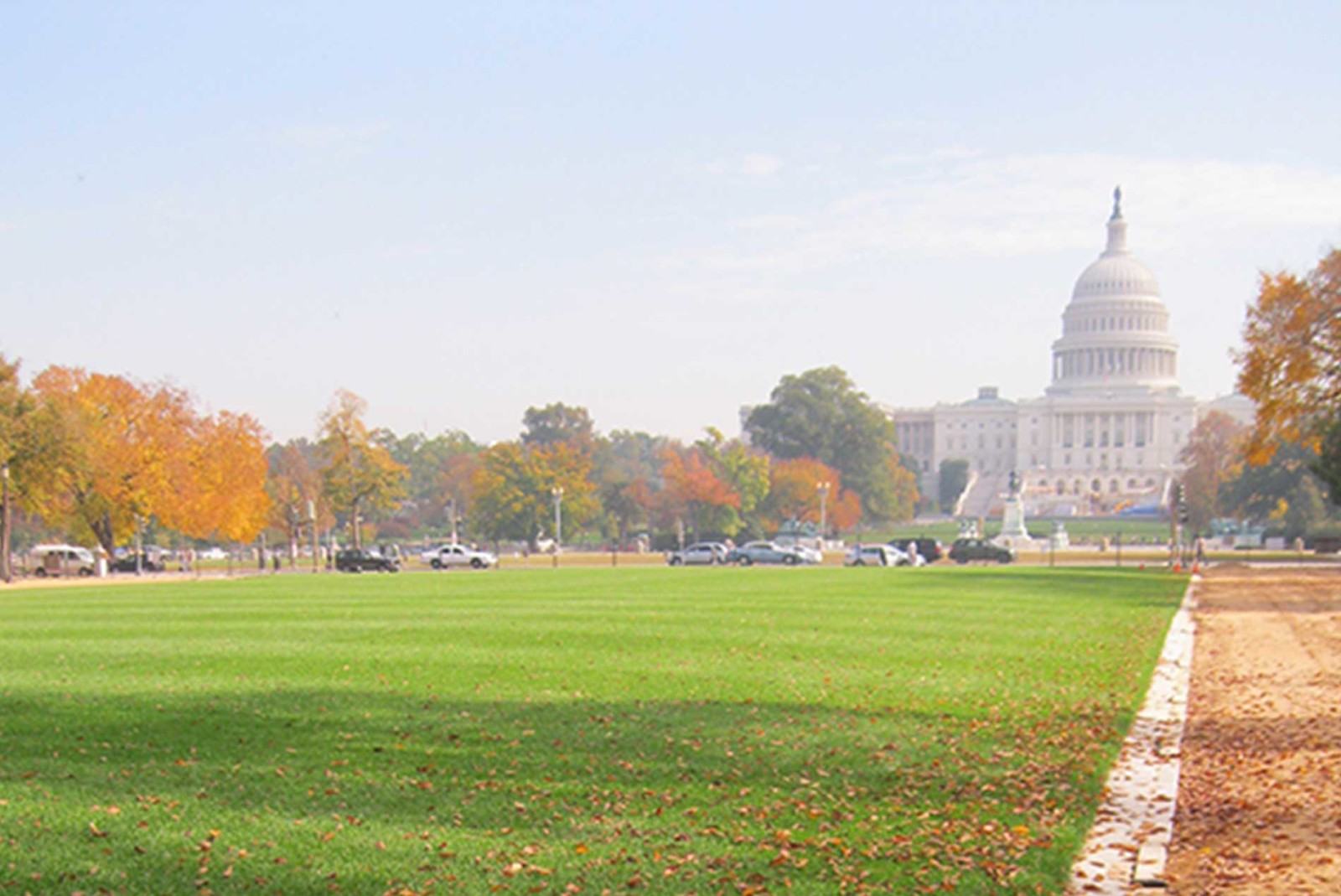Anica Landreneau, HOK’s director of sustainability, shares insight from her years serving on D.C.’s Green Building Advisory Council and Green Energy Technical Advisory Group.
The U.S. Green Building Council recently named Washington, D.C., its first LEED for Cities Platinum winner, an award recognizing the city for initiatives designed to reduce greenhouse gas emissions, support clean energy innovation, and encourage inclusive prosperity and livability. Helping to shape many of those D.C. initiatives was HOK’s Anica Landreneau, who recently shared her thoughts on how the District’s green building policies could influence other cities and design professionals.
Why was D.C. the first city in the world to earn this distinction?
In November 2006, Washington, D.C., passed the Green Building Act requiring that starting in 2008 all new public sector buildings must achieve a minimum of LEED Silver certification. For example, schools must achieve LEED Gold and affordable housing must achieve Green Communities Certification. In addition, starting in 2012 all new private buildings over 50,000 square feet needed to achieve LEED certification. At the time, no other city had LEED mandates addressing both public and private construction and this comprehensive approach leveled the playing field. Now, over a decade later in D.C., there is no longer a premium for green construction because it is the only kind of construction in town. Populations that might not typically have access to green buildings, such as affordable housing and schools, now have equal access because they’re not paying more.

The developer of Constitution Square voluntarily raised the project’s LEED criteria after passage of D.C.’s 2006 Green Building Act.
How did the private sector respond to those new regulations?
The Act was passed under the assumption that the public sector would open up the market for the private sector to follow. But it turned out to be the opposite. The private sector jumped onboard quickly.
At HOK, we had projects such as Constitution Square (three LEED Platinum office buildings in Washington’s NoMa neighborhood) that were well into the design development phase when the Act passed. That project could have continued unimpeded, but the client’s response to the new regulations was, “I don’t want the last brown building on the block!” And so we began incorporating LEED criteria into a design that was already calibrated for LEED Silver or Gold. By the time we delivered that project, the buildings were able to achieve LEED Platinum. Developers are very competitive. So when they saw a competitor’s building achieve LEED Silver, they wanted their building to be LEED Gold. When they saw another building going for LEED Gold, they wanted LEED Platinum. No one should underestimate the adaptability and competitiveness of the private sector when it comes to green buildings.
What compelled you to play a role in shaping D.C.’s green building codes?
Lots of architects complain that codes don’t go far enough or, conversely, that they are too stringent or aren’t practical. My colleague Joe Winters (the senior specification writer for HOK’s D.C. office) and I think it’s important that design professionals actually influence the direction of codes. Do we want to live in a greener and more resilient city? Then we must help shape the codes that shape our communities. That’s why I’m on my second term on the D.C. Mayor’s Green Building Advisory Council and just finished my second term on the District’s Green and Energy Code Technical Advisory Group. Joe was on the first D.C. Green Code Technical Advisory Group and now serves as the AIA national appointed representative to the ASHRAE 189.1 Committee. We would rather influence policy than respond to it.

Landreneau served as a LEED administrator on Nationals Park, the home of the Washington Nationals and the first U.S. professional sports venue to gain LEED certification.
Where does D.C. take it from here?
Our codes have advanced well beyond the 2006 Act. The passage of the 2008 Clean and Affordable Energy Act requires public performance disclosure (benchmarking). The 2013 D.C. Green Construction and Energy Conservation Codes extend sustainability to buildings smaller than 50,000 square feet and require buildings to perform up to 30 percent more efficiently. Even more progressive codes are coming online next year. I believe the next step will address existing buildings more comprehensively. New York, for example, requires benchmarking, retro-commissioning and building performance improvement for properties that fail to meet specific levels of efficiency.
I appreciate benchmarking requirements because this allows us to look up how our completed projects are actually performing in many cities. That informs how we design the next generation of green buildings.
Beyond that, progressive cities are working toward net-zero and outcome-based energy codes that address long-term performance. We can design a high-performance building but it has to perform that way to achieve the sustainable future we are striving for.
